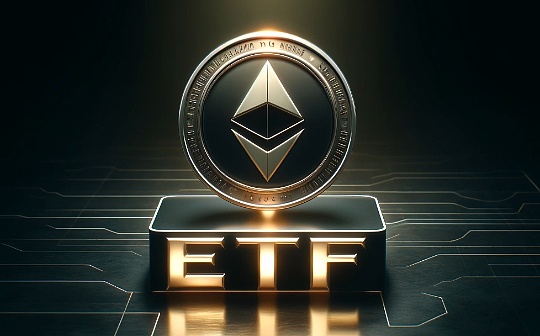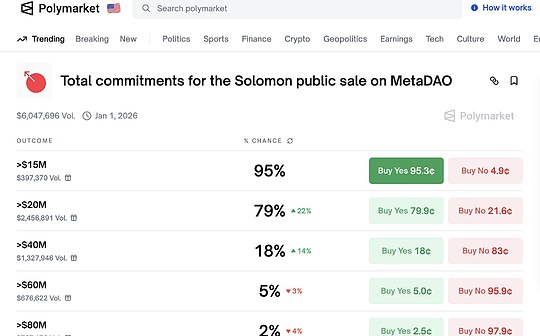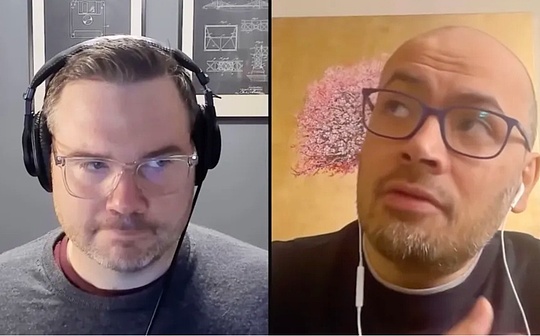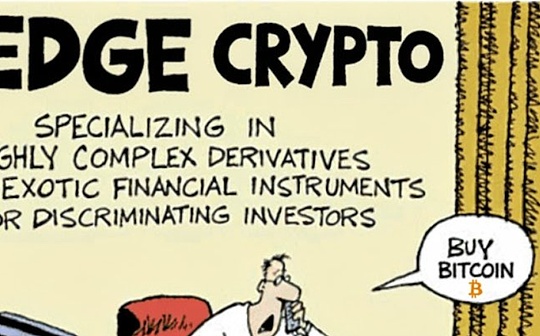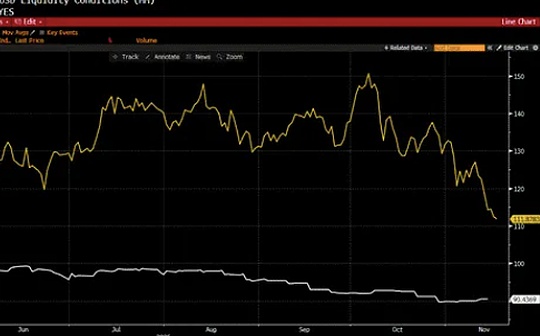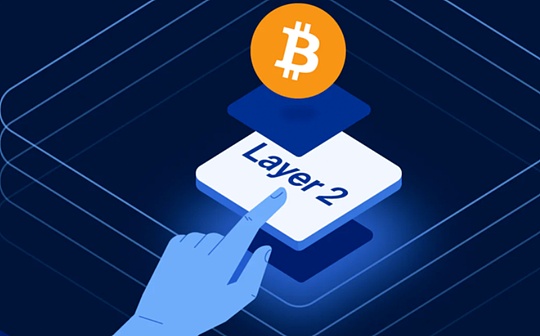
Author: duncan Source: BLOCMATES Translation: Shan Ouba, Bitchain Vision Realm
Although the rune seized the limelight, Bitcoin developers are still working hard -introduce a “scientific monster” on the most trusted blockchain in the world.These solutions are diverse, and you may mistakenly think that the Bitcoin Layer -2 technology is more of the guidance of venture capital support (Guǐ biàn shù -gish gallop), not the ultimate territory of finance.
But dear readers, please note that the potential of Bitcoin is far beyond people’s imagination.
Bitcoin is layered like onions.
As far as Bitcoin is concerned, there is a Layer-2 technology, which is an emerging narrative. It promises to bring Bitcoin to a promised place for decentralized finance and high returns.However, like onions, Layer-2 also has different types, and their processing methods are very important.
But what exactly is the essence and what is hype?Will these fancy technologies bring new users or just create more people who are holding more currency to rise?
What is layered technology?
In the development of blockchain, when we think about Layer-2, we think of scalability: how to make Bitcoin faster, better, and stronger?Bitcoin itself is a bit slow. In addition to being stored as a value, its basic purpose is to dot -point tokens transfer.When we talk about Layer-2, we refer to a reasonable way and trading within an acceptable time, such as using Bitcoin in smart contracts to complete some meaningful operations.
This bracket already exists on the Layer-2 of Ethereum. For example, Optimism and Arbitrum will deal with transactions in batches and then submit them to the main network.Bitcoin Layer-2 developers cleverly borrowed these concepts and implemented them with different degrees of complexity.
On the whole, the concept is the same: Bitcoin Layer-2 aims to make Bitcoin more useful.
Menu: How to cook Bitcoin Layer-2
Think about the different cooking methods of onions.It can be used as a side dish to enhance the whole dish, and it can also play a key role, even the protagonist of the whole dish.For Bitcoin Layer-2, developers are also thinking about how to use Bitcoin.Is it easy to keep or create a complete customized solution?
It turns out that these solutions may be different in technical details.Fortunately, I have prepared a menu for you, which lists some of the key dishes I have chosen.(I avoided the restaurant menu that provided 50 dishes.)
>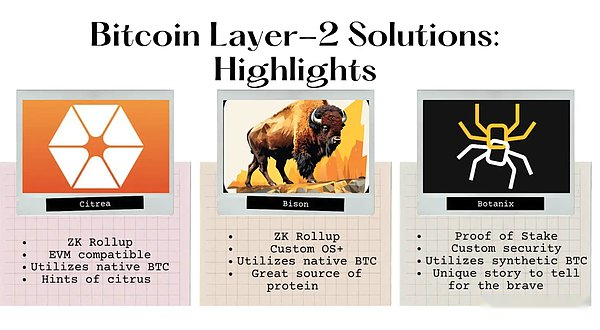
In short: citrea
In the “brief is”, I will show Citrea.Other solutions include Stacks, Build on Bitcoin (BOB) and Satoshivm.They all focus on the core aspects of Layer-2: block space scalability and smart contract use.This sounds complicated, but it is not so exaggerated.
>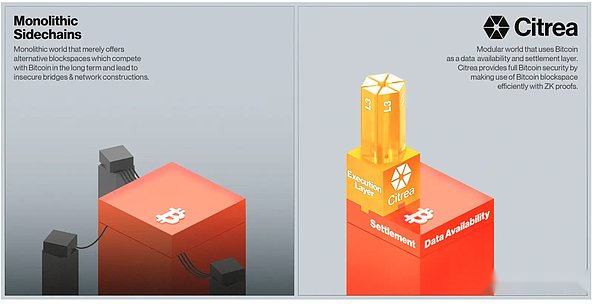
Citrea is a zero -knowledge (ZK) Rollup, which aims to expand the block space of Bitcoin.As ROLLUP, it inherits the security of Bitcoin, handles transactions in batches, and passes Bitvm verification validity proof on Bitcoin.
Citrea also uses a two -way anchor mechanism between Bitcoin and itself, and is compatible with the Ethereum virtual machine (EVM) through Bitvm, which allows Bitcoin to process offline (Turing) smart contracts.
It is important to note that Citrea is a rollup instead of the side chain -just like garlic and onions, although they belong to the same family, they are completely different.It aims to expand block space, not trading throughput -that is, focusing on more effective storage of blockchain information, rather than the number of transactions processed on L2.
In Citrea’s case, effective proof proves that it is written into Bitcoin, allowing transactions to be easily summarized in batches.An important difference is that these inscriptions are optimistic -all transactions are considered valid, unless otherwise proof, and use anti -fraud proof to question illegal transactions.
So, what role does ZK technology play in Citrea?First of all, the transaction data will not be released to the Bitcoin itself, and only the inscription will be released.This allows Citrea and other Bitcoin Layer-2 solutions to provide some guarantees in terms of user privacy.
Secondly, it provides a bridge that trusts minimized, so that Bitcoin can be anchored between Citrea and Bitcoin, and only through effective ZK certification can we use withdrawal.Citrea uses ZK-Stark to prove (zero-knowledge simplicity non-interactive knowledge argument) to use light client recursion to verify batch certificates.
Now, this sounds very much like “the smell of onion is controlled by sulfurfate sulfate” -This sounds like nonsense for ordinary users.It contains many important technical details, but in practice, the attraction of this solution lies in its simplicity.
If we regard Citrea as another Rollup similar to ZKSYNC, Arbitrum or Optimism, then all the fancy ingredients are easier to understand.Of course, they are not exactly the same, especially at the technical level; on the contrary, it is just a loose ratio for comparative.Imagine that when using native Bitcoin on Citrea, you don’t need to trust third parties to host your Bitcoin, but you can control its use: you only need to trust the open source code.This is a strong attraction of Citrea.
Tailoring for you: bison
Some teams have adopted different methods in their native use of Bitcoin.In fact, many solutions depend on using EVM to promote its form of DEFI.Bison Labs solves this problem through its BISON product kit, which contains Bison Network, Bison OS and Bison Prover.
Bison quotes its own analogy: BISON is like Bitcoin, just like Starknet in Ethereum.Similar to CITREA (and other solutions), the Bitcoin network inscription is used as a DA (data availability) layer, which enhances the immutable data and allows data to obtain data more easily from the chain.They also use zero-knowledge scalability transparent knowledge demonstration (ZK-Stark) method for Rollup.
Bison Network has a component inherent in ROLLUP and smart contract functions.These components include L2 DApp logic, sequencer and token contracts and bridge contracts.In essence, we can regard BISON as a high -level “native Bitcoin DEFI” instead of using (or dependent) EVM to handle this work.
For the cooking categories here than the enthusiasts, BISON recommends adding raw onions to the dishes instead of frying it with olive oil every time, “because it tastes better.”
Spider in the plate: botanix
Other teams adopted a completely different method to use the native Bitcoin.If you are looking for an alien flavor, then Botanix is your best choice, and it proposes to implement the Profe-OF-Stake on its own Layer-2.Yes, this is new.
Bitcoin’s equity certificate (POS) is different from other POS networks, and the latter distributes the income from the pledker through inflation, block rewards or both.
In Botanix, the pledgers lock their Bitcoin and generate the cost through basic trading costs, priority trading costs, and the “down reduction fee” incurred by users from Botanix Bridge to Bitcoin.Theoretically, the block basic reward on Botanix is 0.This means that Botanix benefits from higher users.(No surprise at all!)
>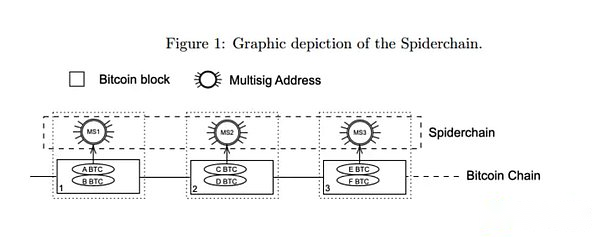
Botanix protects the pledged Bitcoin in the architecture model called “Spider Chain”.
SpiderChain is “a series of continuous multiple signatures between Botanix Orchestrator”, which is essentially the “complete node” of the Botanix protocol.On each block of Bitcoin, a new multiple signature will be created between the effective coordinator of random selected.
If you do not receive most of the symbols in the random multiple signatures, the scheduler cannot access the Bitcoin in multiple signatures. These symbols are controlled by the number of Bitcoin pledged by the scheme itself, which means that they must control the 2/3 pledge itself itselfEssenceThis security model means that as the network becomes more decentralized and the larger the number of tales, the safer it will become.
>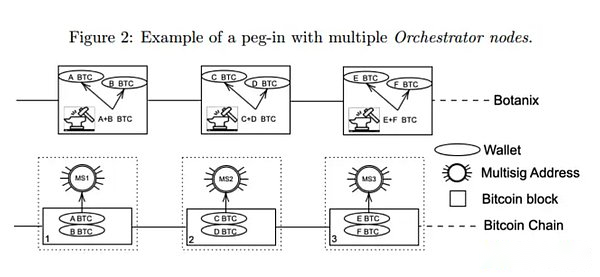
It is now worth noting that Bitcoin is “native” because it exists on the spider chain.All Bitcoin in the EVM part of Botanix is synthetic.If the user Alice receives Botanix from the Bitcoin Bridge, her Bitcoin will be locked in SpiderChain, and she will receive synthetic Bitcoin on Botanix EVM.
When she wants to pick up Bitcoin, the synthetic Bitcoin will be burned, and she will receive Bitcoin from the spider chain.This is called “hook” and “hook”, because the supply should be kept 1: 1 hook.
Botanix is indeed unique -like eating spiders?I have no idea.It may be disgusting, or the most delicious dish I have ever eaten.I only know that it must be cooked with onions.
That amazing embellishment: What are the overlapping aspects?
Now you might think: Will this article be mentioned onion?The answer is yes!Do you know that cocktail onion is a decoration of Gibson Martinney?If not, you know now!Onions are everywhere in this article.You can’t escape.
Similarly, there are some key components in multiple Bitcoin Layer-2 solutions.The main thing in common is to use BITVM and use inscriptions as data availability layers.
BITVM allows technically to enable fraud proof on Bitcoin.The calculation of BITVM is simply verified -similar to optimism -but contains the inherent elements of zero -knowledge summary, such as confusing transaction details and minimizing the use of trusted bridges.
You will also notice that most Layer-2 solutions use EVM compatibility to use the powerful functions of smart contracts on Ethereum and the existing developer group.
Some of the differences you may see is whether the solution uses tokens.For example, Merlin Chain, Map Protocol and Satoship all have their own tokens.They do not necessarily be used as GAS costs and have different applications.
So, is this really important?
Well, it depends on what kind of dishes you are going to make, right?Raw onions, cooked onions, fried onions, roasted onions … you should understand.All of these discussions about Layer-2 are technical. Yes, if you are cooking and to some extent, if you want to eat anything that is cooking, it is really important.But for ordinary users, no, it may not be important -this is the cost of popularity.
What does this mean for your investment portfolio?Well, this may be attributed to the user experience.If Citrea uses clumsy, although I think it is simple and clear, then people may not use it.Bison and Botanix may look daunting on paper, but they may be revolutionary user experiences.
But even so, the user experience is a different science.This returns to the problem of people who like to raw onions, cooked onions, fried onions, or roasted onions: the market will go where the demand exists.
In the end, Bitcoin Layer-2 represents a big step towards a larger user penetration rate. Where there is market demand, products will go.If people like to eat onions with spiders, who can judge them?
Summarize
Over time, complex technology will become simple and easy to understand, so that people can better understand and use them (thereby improving the user experience).Sometimes you really need more complicated solutions.Any form of adoption usually has a good impact on your investment portfolio.
When your investment portfolio is rising, technology is great: adopting will promote technological improvement to produce new and more complex solutions.In general, the higher the attention of the cryptocurrency market, the greater the development support -in other words, the possibility of your investment portfolio profit.
However, we discuss Bitcoin here.It is generally believed that in any case, the value of Bitcoin will rise.We are interested in whether this technology will be adopted first.In the Layer-2 environment, we can see that Bitcoin is used as currency in different scenarios (wow, it is a crazy idea!).
We should ask ourselves: Is Bitcoin a value storage or market hedging tools that have been deeply rooted, so that we can’t seriously consider this?
I think at the beginning, this will attract holders who only want to increase the holdings of Bitcoin.The question will always be the first to try. For successful people, their adventure will get a generous return.However, for most people, Bitcoin will still maintain its current function: value storage and risk hedging.
Similarly, seeing demand and meeting demand; if the market requires onions to cook in some way, with certain dishes, they will get them.As for whether they are often eaten, it is another thing.
Conclusion
Personally, I am very interested in native solutions such as BISON.I think solutions like Botanix have market demand, and I think the perfect combination between the two is the best solution.
Of course, I think that the market has enough interest in this to prove that its development is reasonable, but I think this will only account for a small part of the total market value of Bitcoin, and this technology will face a long and interesting path as a whole.
What do you think?Bitcoin can be used in native way or maintains its current form. Which method is better?

